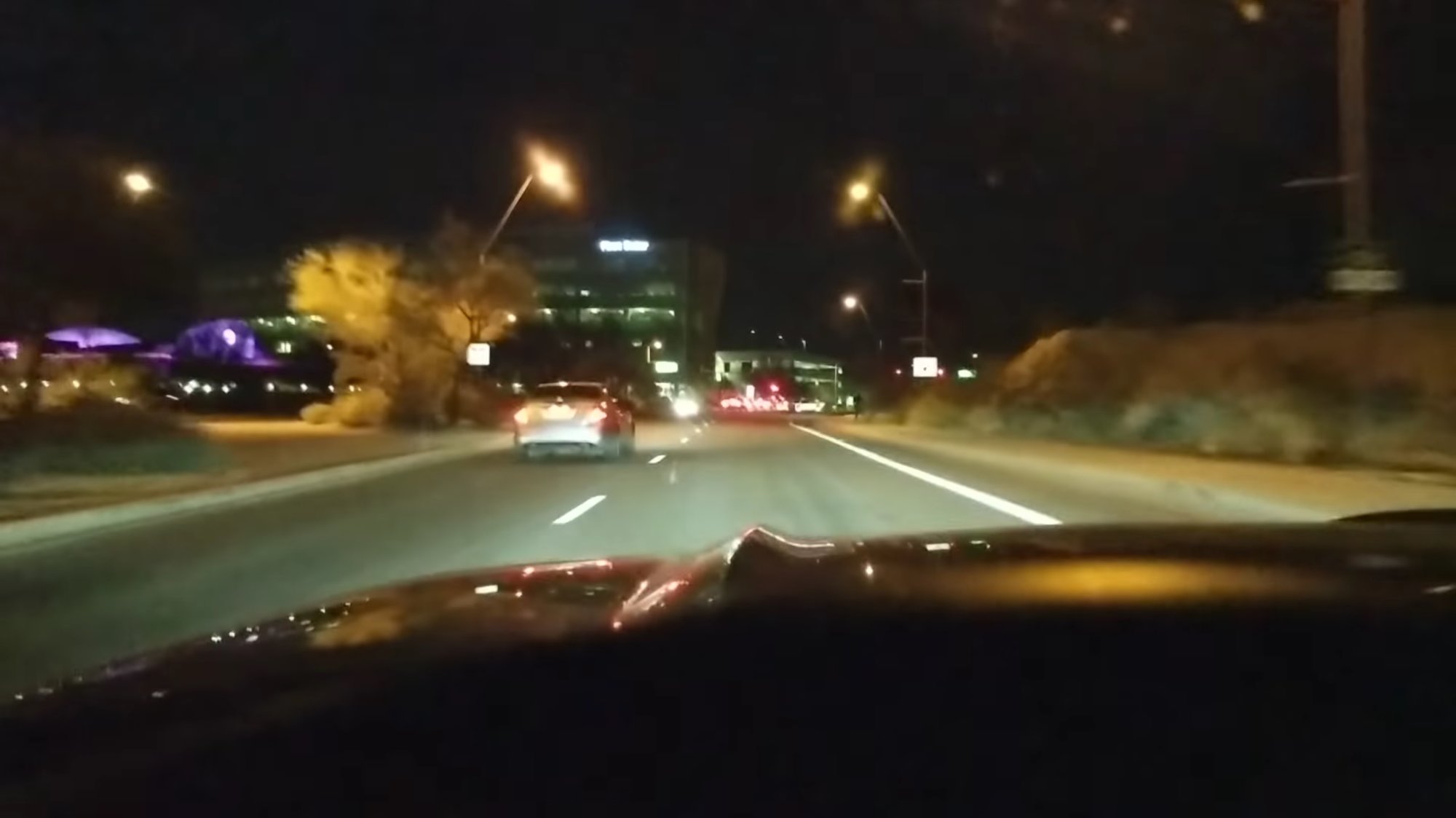Hagrid
[H]F Junkie
- Joined
- Nov 23, 2006
- Messages
- 9,163
She was not operating the vehicle. If she had been paying attention, she would have to react and take control of the vehicle. By then it would of been over.Having looked a few more times at the footage, to be an armchair driver, I believe a person paying attention would have noticed the pedestrian.
She was absolutely negligent in operating the vehicle, autonomous or not, and should be 100% liable and potentially face manslaughter charges.
I would be curious on the time it takes to take control of the vehicle. Stepping on the brakes would of done nothing but slow it a bit before hitting.
![[H]ard|Forum](/styles/hardforum/xenforo/logo_dark.png)

